As organisations strive to stay competitive and relevant in the digital era, understanding where they stand in terms of readiness for digital transformation is crucial. While it’s easy to dive into ambitious technology projects, assessing the starting point can make all the difference between achieving strategic advantage and facing costly setbacks.
At Digital Smoothie, we believe in empowering organisations to take a structured approach to digital change. Following our previous article on turning digital transformation into a competitive advantage, we now shift our focus to understanding how to gauge your company’s readiness effectively. Here, we explore six essential questions that can help businesses chart their path forward with confidence.
1. Is Your Leadership Aligned with the Digital Vision?
Leadership alignment is the foundation for any successful digital transformation. A shared vision among senior leaders ensures that the strategic objectives are communicated clearly and embraced throughout the organisation. Ask yourself:
- Do all members of the leadership team share a unified vision of what digital transformation means for the organisation?
- Is there a commitment to actively champion digital initiatives, even in the face of resistance?
A leadership team that articulates and embraces a unified vision creates a resilient, adaptable culture that navigates digital shifts with clarity and purpose.
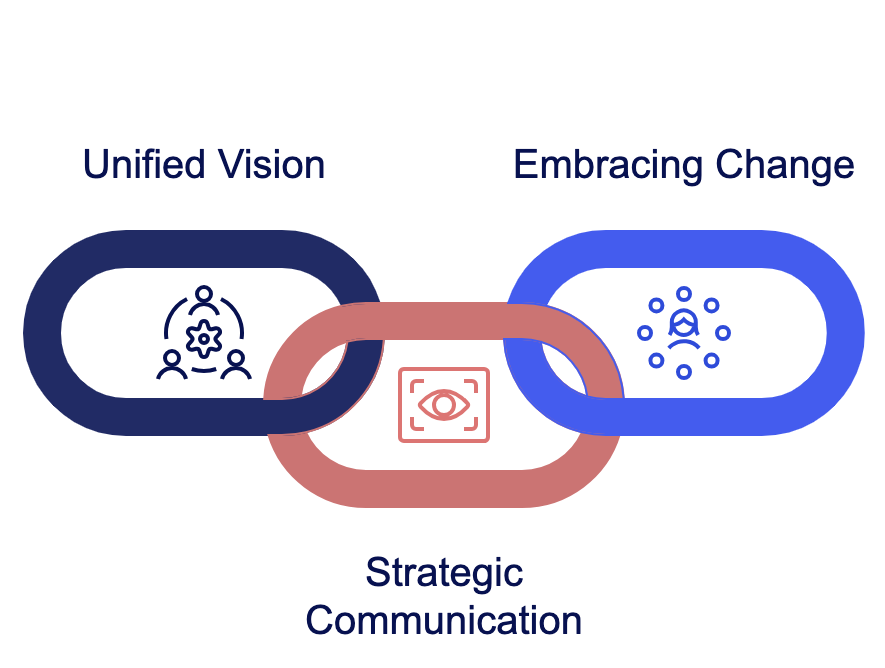
2.What are your top focus business domains ?
Determining the business domains that will drive the most value is essential for transformation success. It’s important to assess whether your chosen areas of focus (usually no more than 3-5) are both high-impact and feasible. Reflect on:
- Do your selected business domains align with your strategic goals and provide the best opportunities for value creation?
- Are they practical and achievable given current resources and market conditions?
Carefully choosing the right business domains helps ensure that your transformation strategy is both ambitious and attainable.
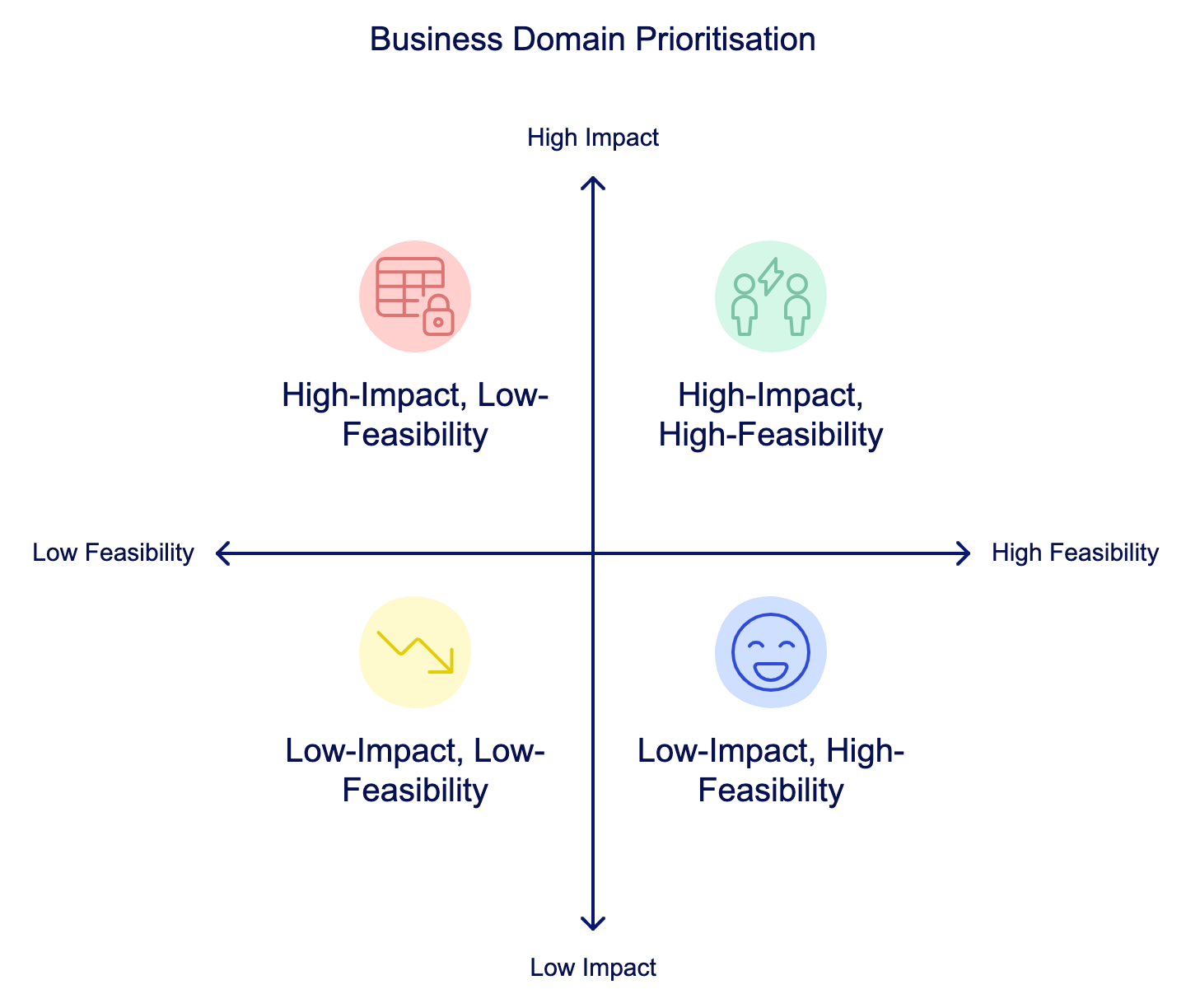
3. Can your top team articulate the expected benefits and investments required to transform your priority domains?
Digital transformation involves significant investment, so understanding the potential return is essential. Leaders should be able to articulate not only the expected benefits but also the strategic investments required to realise them. Reflect on these points:
- Is there a detailed plan that outlines the expected benefits of the digital initiatives?
- Do leaders understand the necessary investments to achieve these benefits and how they will create a competitive edge?
A clear grasp of benefits and ROI allows organisations to prioritise initiatives effectively and allocate resources where they will deliver the most impact.
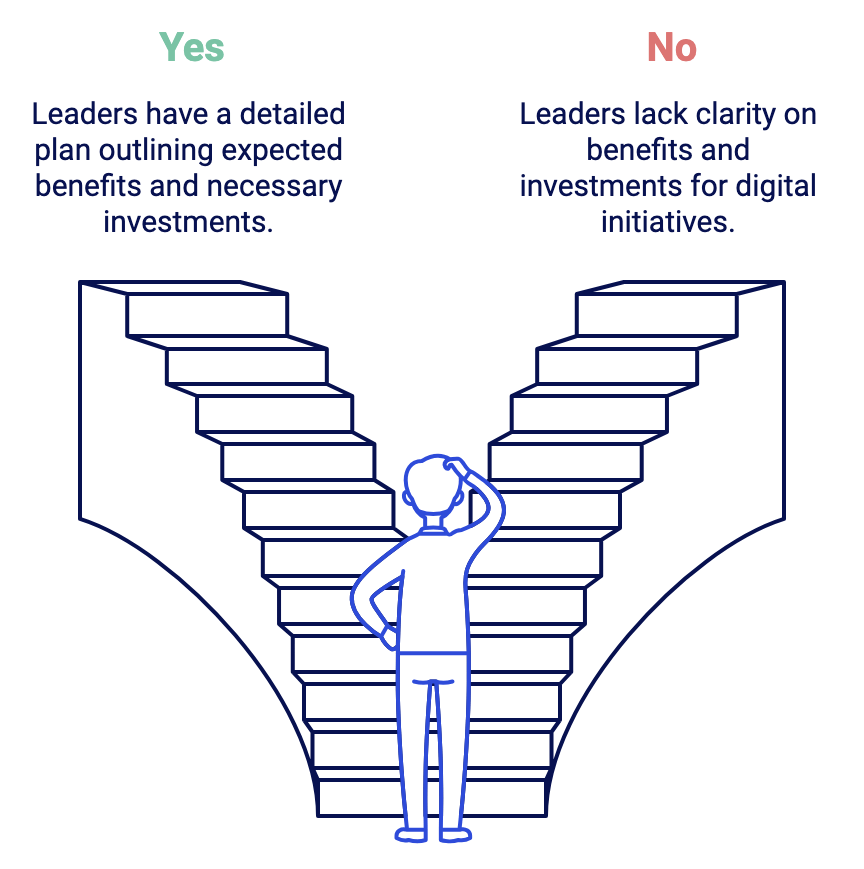
4. Are your resources aligned to the identified domains that can generate real impact?
Transformation requires strategic alignment of resources to ensure impactful results. This means focusing efforts on specific domains where digital transformation can generate the most value. Key questions to ask include:
- Have you identified the core business domains that have the highest potential to deliver significant value?
- Are your resources, both human and financial, aligned with these domains to maximise effectiveness?
Aligning resources strategically ensures concentrated effort on high-value areas, driving greater overall success in transformation.
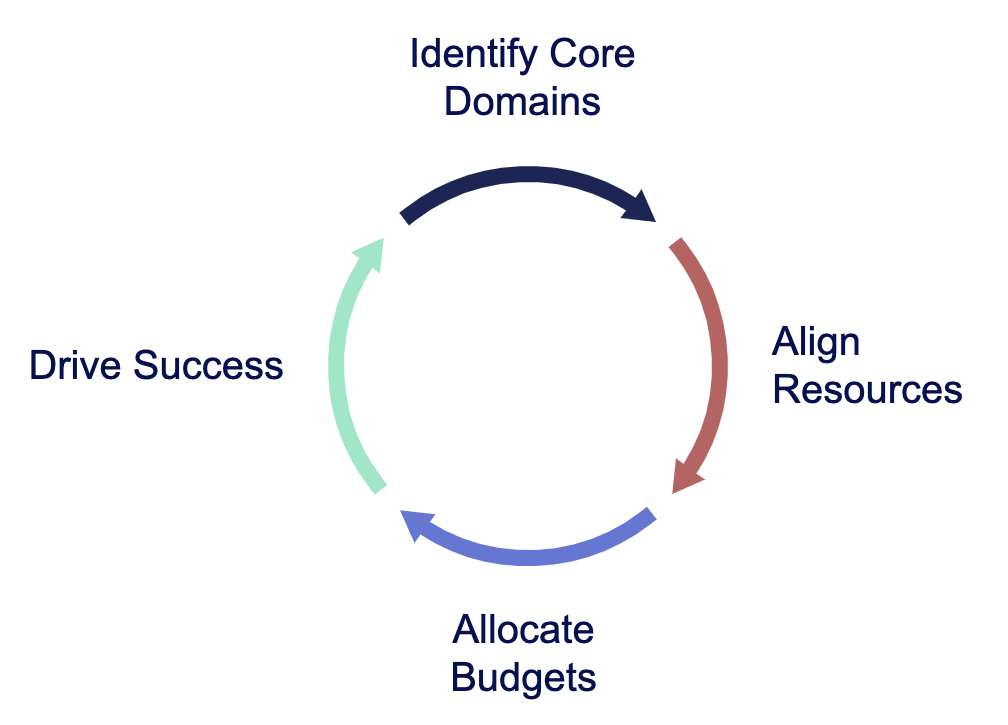
5. Are you clear on the new digital capabilities needed and will you make the necessary investment to build them?
Understanding the new capabilities your organisation needs is crucial for building a strong digital foundation. This requires a commitment to identify and invest in these capabilities effectively. Consider the following:
- Do you have a clear roadmap for the digital capabilities your company needs to develop?
- Is there a willingness to allocate resources and budget to build these capabilities?
Organisations that take the time to plan and invest in their digital capabilities are more likely to achieve successful, sustainable transformation.
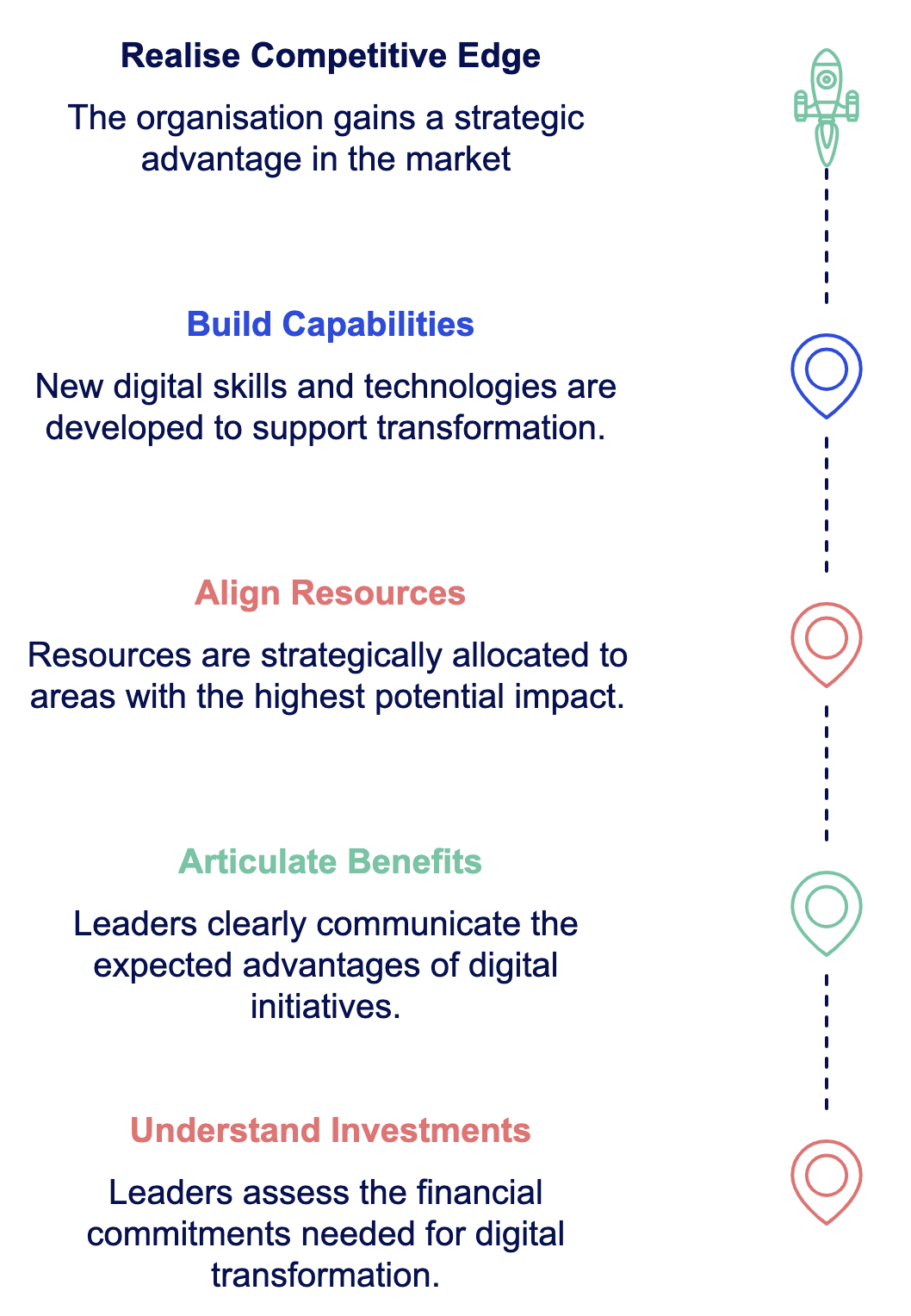
6. How well can everyone articulate their roles and responsibilities in delivering the digital roadmap?
Clear roles and responsibilities are vital for executing the digital roadmap effectively. Every leader, manager, and team member must understand their contribution to the overall transformation effort. Evaluate this by asking:
- Is there clarity across the organisation regarding individual roles and how they contribute to the digital strategy?
- Does a culture of accountability and collaboration support these defined roles?
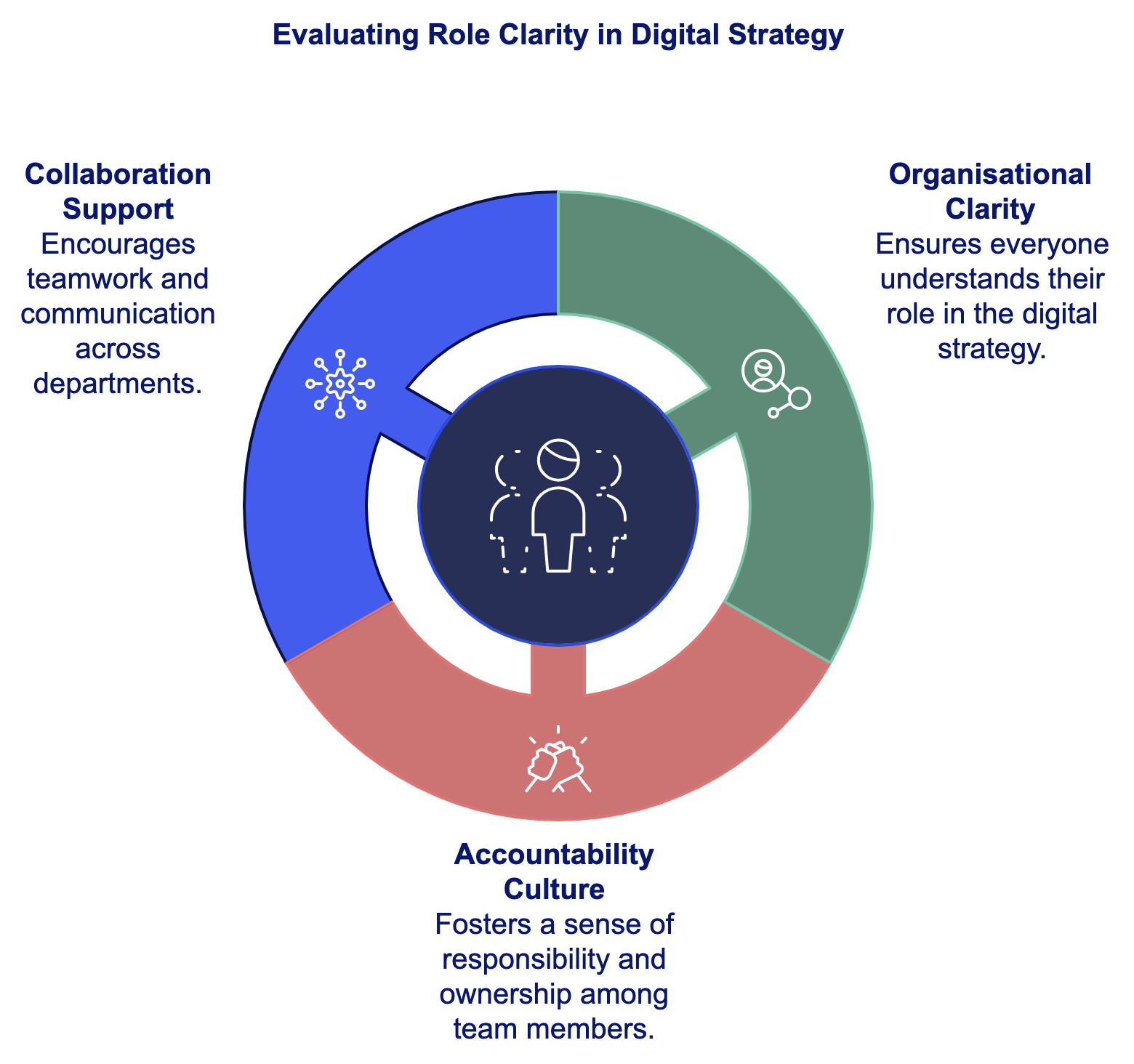
Bringing It All Together
Answering these six questions can illuminate strengths and areas for growth within your digital transformation strategy. At Digital Smoothie, we guide organisations through tailored assessments and strategic planning that align with their unique needs. Understanding your readiness helps in making informed decisions, managing risks, and unlocking the full potential of digital transformation.
Ready to embark on your digital journey or need guidance on your current initiatives? Reach out to us to see how we can help you transform readiness into action.
Enjoy reading about AI, Digital Transformation and Technology?
Here are some articles from our Digital Transformation series that you might enjoy:
How to turn Digital Transformation into competitive advantage?
Is Culture The Missing piece Of Your Digital Transformation Strategy?
Effective Change Management For Digital Transformation
Here are some of our favourite books on the topic:







Leave a Reply